Review of Overgrown, a nature-punk tabletop RPG for all ages!
Jump to:
Overgrown is made for all ages (requires counting to 20)
Overgrown is a game system, so from a story standpoint, the story can be anything you want! You can tailor it to your kid’s interests and comfort levels, and it does encourage the use of safety tools (even linking to the X-card explanation as reference), so content-wise, this works really well for any age.
For mechanics, Overgrown only uses a d20 for all the rolls, and it has a pre-set recommended difficulty for all the rolls – this means it was easy for my kid to track which die to use (since there was only 1) and the consistency in the difficulty also made it really easy to tell or show my kid if a roll was a success or not. So, this ended up being a pretty easy game for my kid to learn and really enjoy without getting overwhelmed by the system requirements.
Overgrown leaning towards a nature-punk setting
Since this is a system, you can make the setting anything you want! It does lean a bit towards nature-punk (which, I love that term) since the characters described in the game have traits and abilities from different animals, but it does also encourage using the system for other settings (like sci-fi or medieval settings).
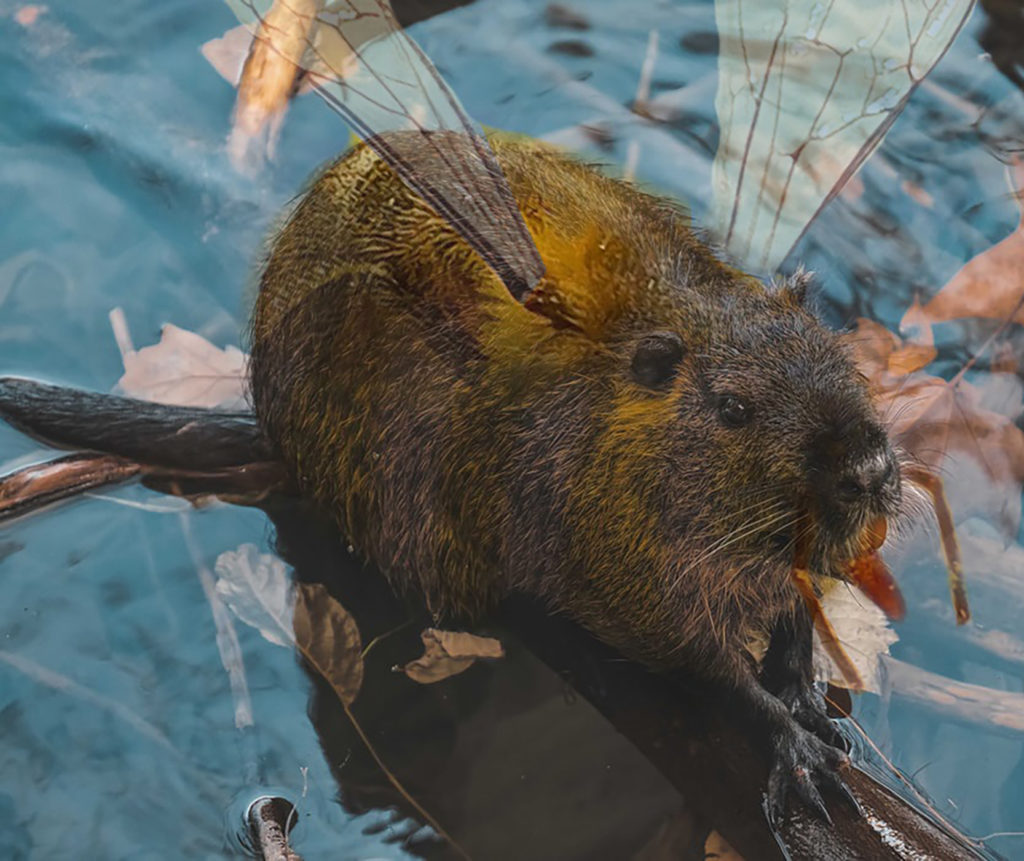
At the end of the system description, there are some example scenarios to try out as well including a forest outpost adventure, which has a lot of parallels to a typical first quest in a standard tabletop RPG, a fall holiday special example, and sci-fi styled origin story for why everyone has evolved into different animals. Although I didn’t play these with my kid (he had other creative plans), they were really good examples for what a scenario could look like and would make for a great first session to try the game out.
Another setting aspect that I want to cover is that Overgrown has a guide built in to help new game runners with creating a setting. It gives suggestions for questions to ask the players and even has a checklist for how to fill scenes in and make the setting complete. This is a great guide for Overgrown or for any other tabletop RPG scenario, and I’m very grateful that it was included with the game.
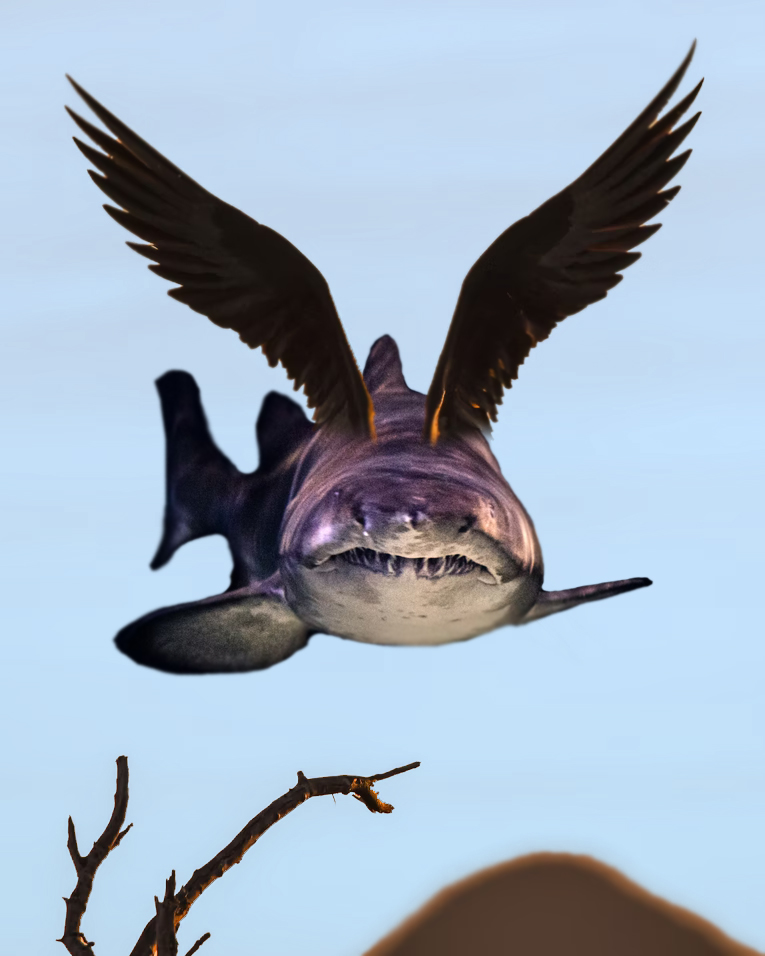
That guide is what we used to help build our encounter for our first game too. It started with my kid’s character chasing down a flock of shark-birds (which we henceforth will call a tornado of sharks) to retrieve the breakfast cereal that they stole from a group of tropical mouse-squirrels. Over the course of the adventure, we also helped find breakfast food for a rhino-owl, a monkey-squirrel, and a dragken (dragon-chicken) who lived in a volcano. It was a pretty good time, and the system and setting prompts lended well to even the colorful imagination of a 3yo.
Your hybrid animal character in Overgrown
Your character is a hybrid animal person! Like I said in the setting section, there is a bit of an origin story in the example scenarios, but you can also just jump into the game with your hybrid PC’s.
You choose one animal to act as your base – my kid picked an owl! Then, you pick up two additional hybrid traits to add on – my kid choose to have a cute cat head that meows and a fluffy squirrel tail. I’ll describe more in mechanics, but these hybrid selections determine +3, +2, and +1 bonuses to your rolls depending on the order you chose them in. After that, you give your character a name, and you’re ready to go!
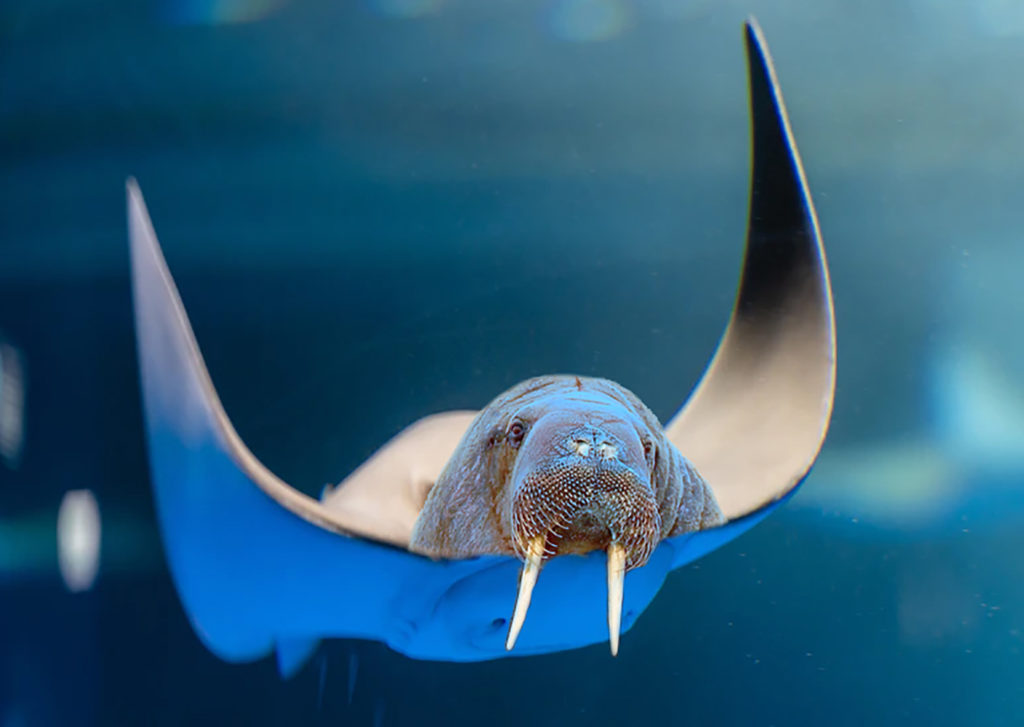
And if you are having trouble coming up with ideas for your hybrid animal character, in addition to the suggestions at the end of the game file, Overgrown actually has a randomizer built up that is linked in the game to give you some ideas and stats!
Mechanics in Overgrown
D20 only and easy to use difficulty scale
Overgrown only uses a single die, a d20, for all rolls – this made it extremely easy to run with my kid because we didn’t need to switch between dice constantly or add dice values together.
Anytime you want to attempt to do something that requires a roll, you roll your d20, add your relevant modifiers (which are, at least initially, a +3, +2, or +1, so easy math) and then compare to the difficulty scale that the game runner has OR a contested roll from another player or NPC.
This means that for the players, the most they need to understand is to recognize numbers 1-20 and be able to do simple addition. From the game running standpoint, I had a very easy difficulty check sheet to follow (the scales are laid out very clearly in each description section of the game) and let my kid know what the result was. It was really easy to track and, because the rolling wasn’t super complicated, it let us enjoy the story together.
Modifiers from traits
Your hybrid character has a base animal they are derived from and then up to two initial extra traits. These all give bonuses that you can interpret within the game, whenever you roll.
For my kid’s character, we decided that the cat head having a cute “meow” would mean giving a bonus to discussions since they’re so cute. We assigned that to the +2 modifier slot, and then, whenever we tried to have a discussion with someone, we just added the +2 to my kid’s d20 roll.
This was really easy to track and understand, and it also allowed for some creativity when making traits for our hybrid animals.
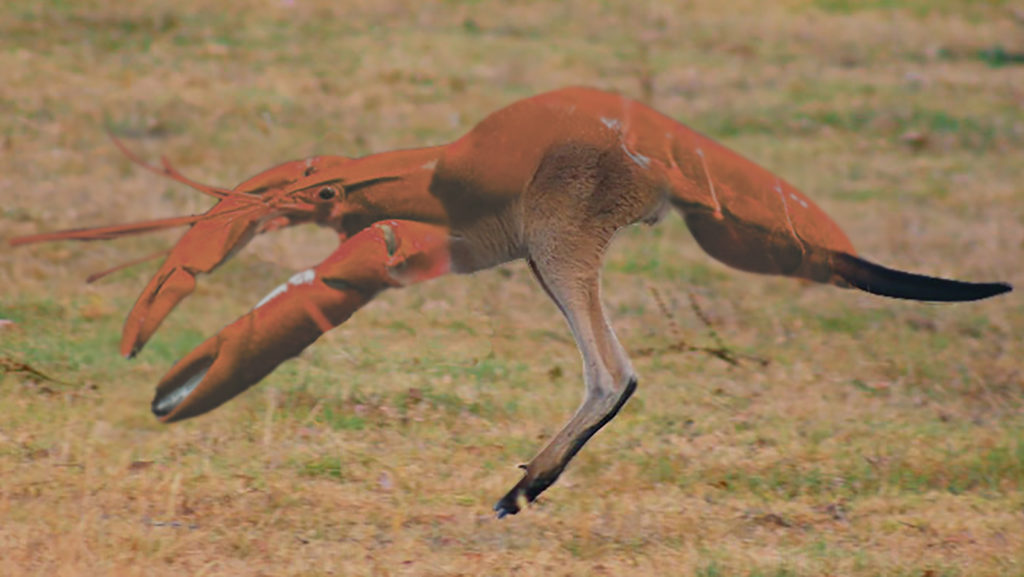
Damage and traumas
We didn’t do combat in the game we played, but there are mechanics for combat included in Overgrown.
You can fight by the opposing characters making their rolls and simply seeing who is higher – the difference between them also determines the damage, so there aren’t multiple rolls going on.
Your character also doesn’t die if they drop to zero – they simply go unconscious and can then be revived or will be rescued by a third party adventuring group.
However, there are still some consequences. If you get a natural 1 on a roll or you go to zero hit points, you do suffer a trauma that takes your bonus points away from your skills until you can heal properly.
For combat, I liked all of these elements – the mechanics are streamlined, and your character won’t just die (and I like to imagine that any opposing forces have similar rules), but there’s also some consequence to deter from acting recklessly (like if challenging the dreaded dragon-chicken).
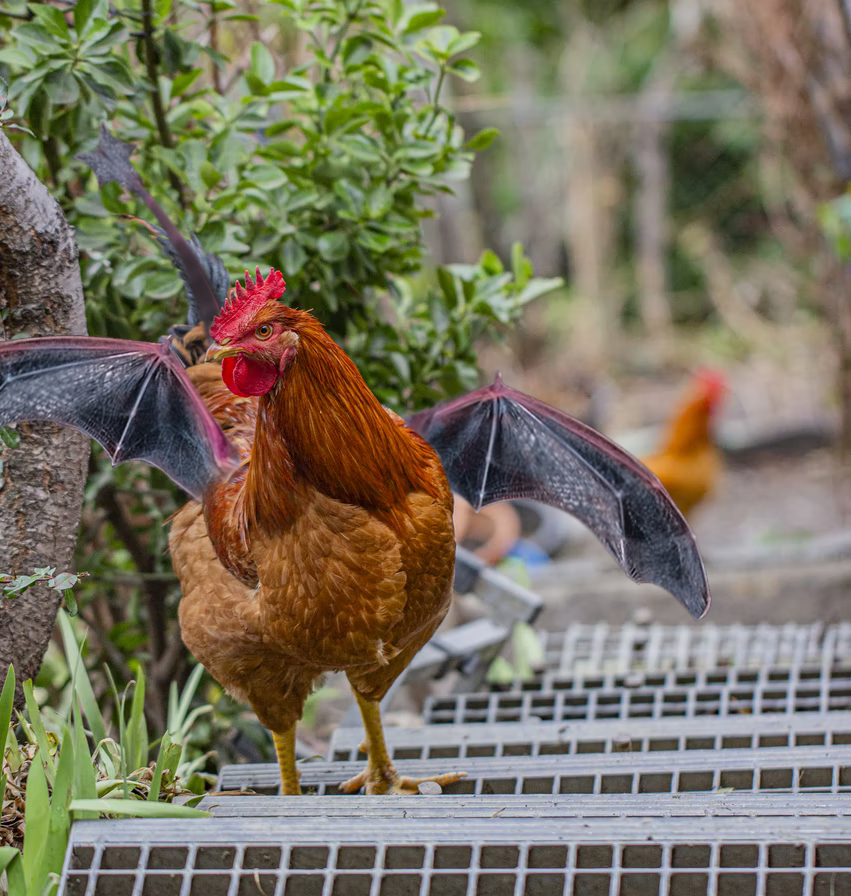
Evolving
One of the key features of Overgrown is the evolution aspect. Your character is a hybrid animal to start with, but when you roll a nat20, they evolve further! This can mean adding additional traits or boosting your existing traits (extra bonus point to your modifier)!
I thought this was a very cool way to reward a nat20 and to essentially level up characters without tracking experience points. It also gives players the option to level up how they want – there’s no set way to spend your points, so when get that nat20, your reward is that you get to be creative in how you want to boost your character.
What did my kid think about Overgrown?
I think the second I showed my child this picture (which is why we played with an owlcat character):
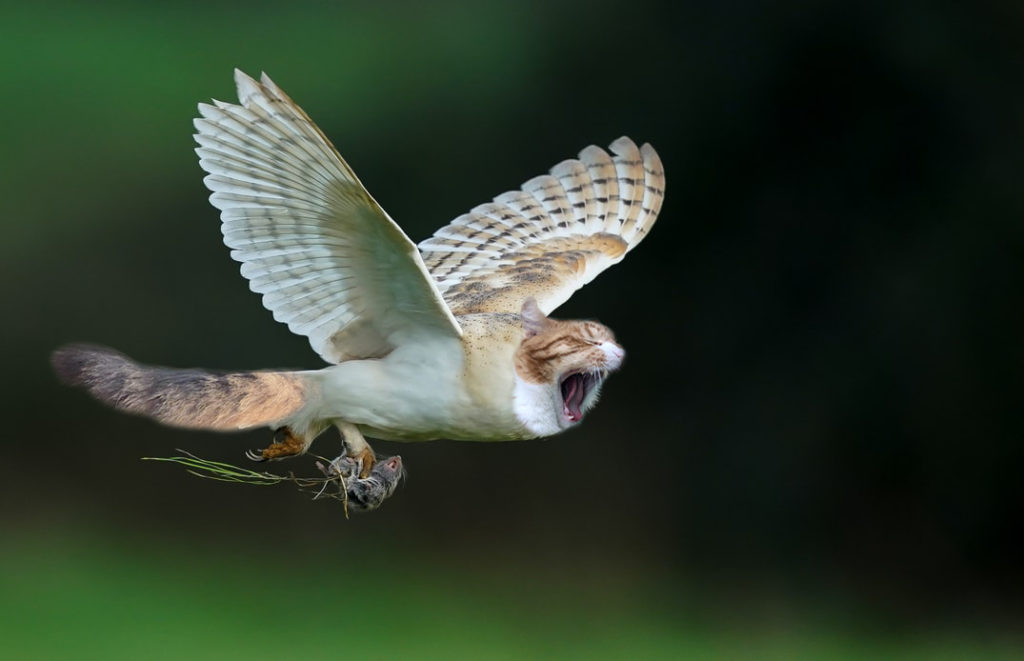
From a twitter post about Overgrown, my kid was already in love with the game because it involved a cool flying cat that was… saving a mouse. Subject matter-wise, the hybrid animal characters were a huge hit, and my kid was VERY excited whenever we met a new NPC since I let him decide what animals they were going to be. And Ben, the game’s creator, even made some extra variations for him, which kicked off a whole new set of stories the next time we played:
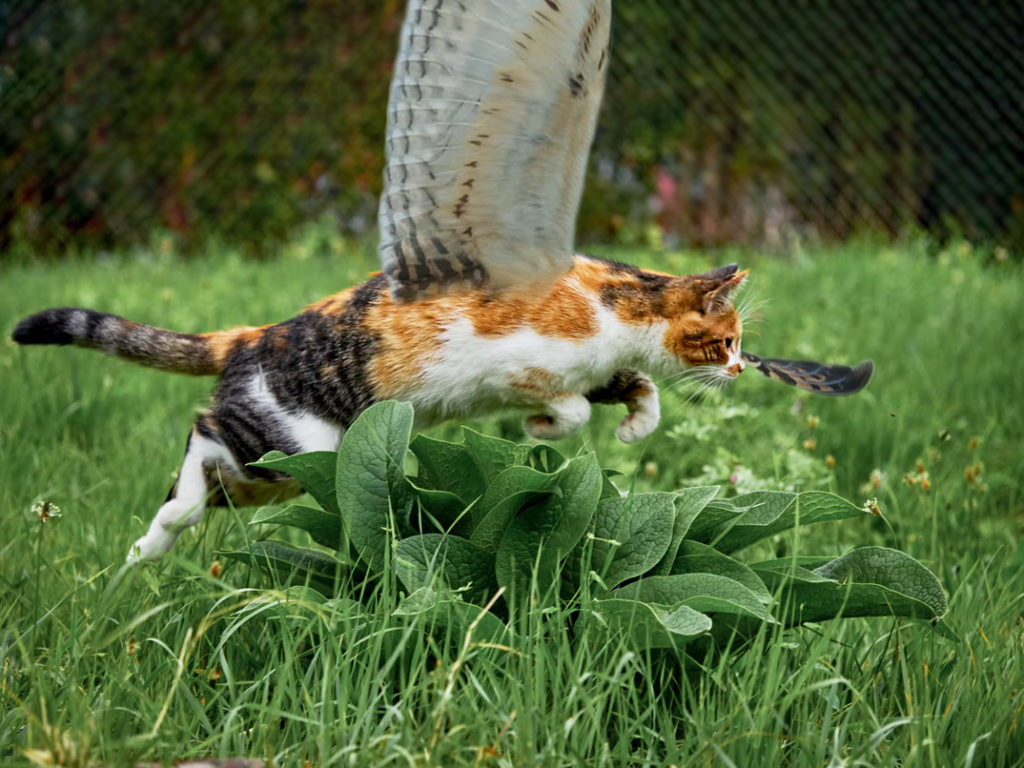
For mechanics, my kid picked it up really well! Just rolling the one die and being able to finger count the bonuses with little assistance was within my kid’s capability – I could tell he was proud to be able to tell me the number rolled. Because my child could understand the mechanics, the story then flowed really well since there wasn’t pressure to learn too complicated rules attached.
We played probably a 45 minute game together, and we only stopped because it was lunchtime – my kid REALLY wanted to keep going, and we ended up picking it back up later, per his request.
Overall thoughts on Overgrown
Overgrown was a lot of fun! It was easy to use, I loved the premise, and I was able to run a kid-friendly adventure with my child without any modifications. It was flexible enough to handle the whims of my child, and I would definitely recommend checking it out for either kids or adults.
Where to find a copy of Overgrown
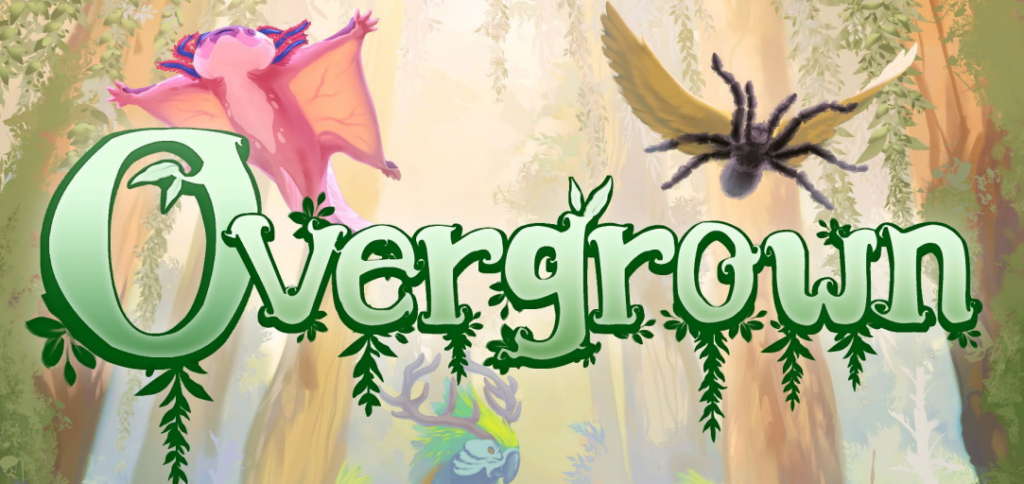
You can find Overgrown here on itchio!
Please let me know in the comments if you have any questions or decide to try out this game because of this post!
If you liked this post, make sure to subscribe to the TTRPGkids monthly newsletter to stay up to date on the latest reviews, tips and tricks, game and podcast list updates, and more! Thank you for playing tabletop RPGs with your kids and sharing this awesome hobby with the next generation!

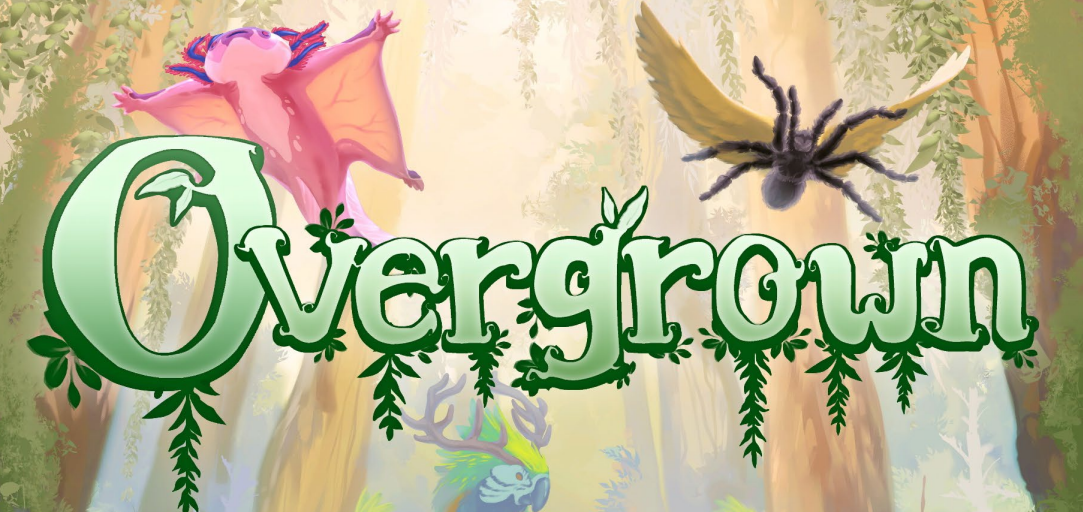
1 thought on “Review of Overgrown, a nature-punk tabletop RPG for all ages!”